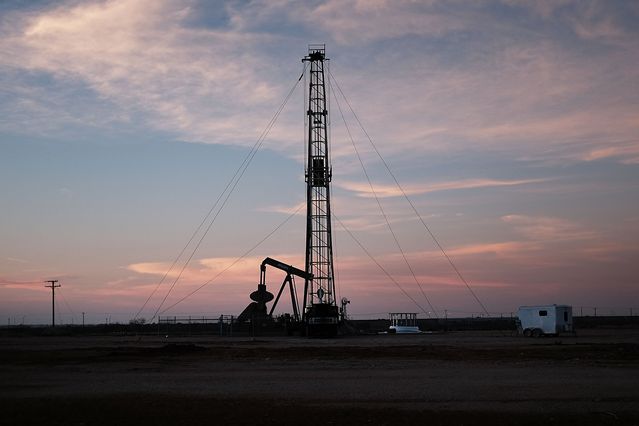
By Marc Jones
LONDON (Reuters) – World shares had their biggest jump in over a month on Monday as a pact between Saudi Arabia and Russia sent oil prices surging and lacklustre U.S. jobs figures pushed back Federal Reserve interest rate rise expectations.
European stocks touched an eight-month high as oil and mining firms cheered what at one point was a 5 percent leap in crude prices.
Saudi Arabia and Russia, two of world’s top oil producers, announced at a meeting of global leaders in China that they would start working together to stabilise the market, including limiting output.
“Freezing production is one of the preferred possibilities,” Saudi Energy Minister Khalid al-Falih said speaking alongside Russian counterpart Alexander Novak. “But it does not have to happen specifically today.”
Oil eventually halved its initial gains as traders noted the lack of immediate measures, but the buoyant mood elsewhere remained intact.
Bonds were in favour after U.S. payrolls numbers on Friday had tamed Fed bulls, while emerging market stocks were gunning for their best day since July as they climbed 1.3 percent.
“We don’t expect the Fed to do anything until next year so that lays the ground for further advances,” said TD Securities strategist Paul Fage.
Though the Fed reaction and oil price surge were the markets’ main drivers, they were not the only factors in play.
The yen turned around its recent losing streak as the head of the Bank of Japan disappointed investors who had expected clearer signals that Tokyo’s monetary policy would be eased further this month.
Though Bank of Japan Governor Haruhiko Kuroda signalled its already massive stimulus programme would continue, there was nothing explicit enough to suggest an expansion is imminent. Later Japan PM Shinzo Abe said he trusted Kuroda to “take the right steps”.
The dollar dropped 0.6 percent to 103.35 yen having gained more than 4 percent against the Japanese currency in the last six days. The euro inched up to $1.1115.
Britain’s sterling also did damage to the greenback. It hit a one-month high of 1.3360 as data showed the UK services industry bounced back strongly from a seven-year low hit after the vote to leave the European Union.
The Markit/CIPS Purchasing Managers’ Index (PMI) jumped to 52.9 in August from July’s 47.4. It was the biggest one-month gain in the survey’s 20-year history and one which beat all forecasts in a Reuters poll.
“It remains too early to say whether August’s upturn is a dead cat bounce or the start of a sustained post-shock recovery,” IHS Markit economist Chris Williamson said.
“But there’s plenty of anecdotal evidence to indicate that the initial shock of the June vote has begun to dissipate.”
HOT OIL
U.S. markets were closed for a Labour Day public holiday meaning there was no trading on Wall Street. [.N]
Oil’s rise was its the second bumper session in a row as the Saudi/Russia pact fanned speculation that major producers could strike a firmer deal in Algeria later this month.
Brent crude futures for November delivery were last up $1 per barrel at $47.70 a barrel having been as high as $49.40 and U.S. crude for October delivery was up at $45.25 having been as high as $46.53 a barrel.
“Verbal intervention was again needed to trigger a recovery towards $50,” senior ABN Amro economist Hans van Cleef said, referring to the Saudi and Russian comments.
In Asia overnight, MSCI’s broadest index of Asia-Pacific shares outside Japan ended up 1.6 percent, while Japan’s Nikkei rose 0.7 percent to its highest close since May 31.
Friday’s U.S. jobs report showed non-farm payrolls rose by 151,000 jobs in August after an upwardly revised 275,000 increase in July. Economists polled by Reuters had expected a rise of 180,000.
U.S. Fed Funds futures prices indicated investors were now pricing in only around a 20 percent chance of a September hike down from over 30 percent before the jobs data. It remains at more than 60 percent by the end of year.
(Additional reporting by Lisa Twaronite in Tokyo, Ahmad Ghaddar in London Editing by Jeremy Gaunt)




